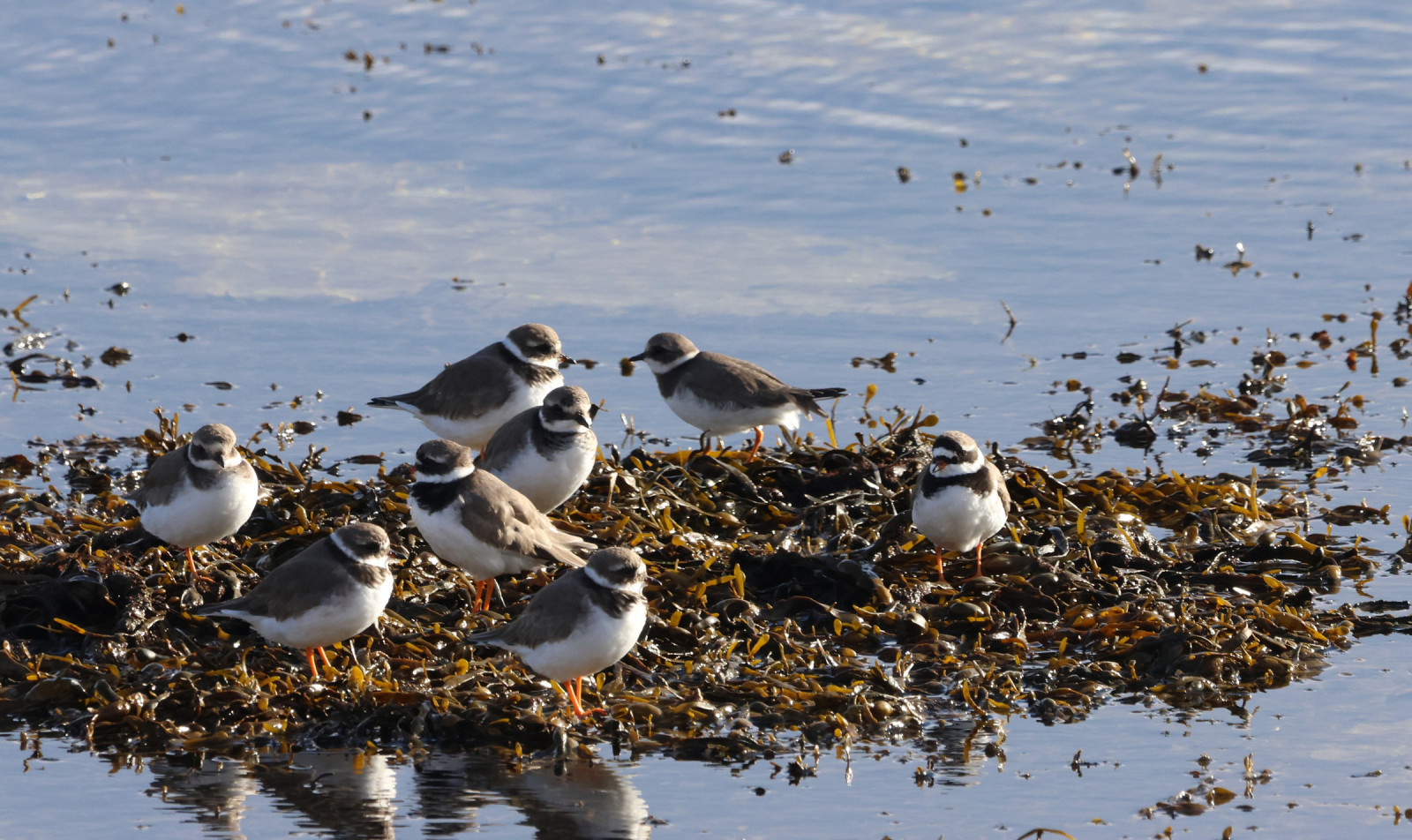Beschreibung
Mutton Island and its causeway provide a perfect birdwatching experience if you find yourself in Galway. From winter untill late spring it provides a refuge for the Eistaucher, Brandseeschwalbe and Flußseeschwalbe. Because of the tidal waters you might find Großer Brachvogel, Uferschnepfe, Steinwälzer and Rotschenkel. Also the pier makes it more easy to look out at the sea to find some Trottellumme, Atlantiksturmtaucher and Basstölpel.
Details
Zugang
Mutton Island is easily accessible from Galway. From the city centre its a 30 minute walk. You might park your car all along Grattan road. You can explore the pier by foot. At the end of the pier you can climb over the little fence so you might explore the entire island as long as you stay out of the water reserve's restricted area. I'd recommend explore the southeastern end of the island so you have a better view of the sea/bay.
Terrain und Habitat
Meer , Schlammflächen , StrandBedingungen
Flach , Sandig , SumpfigRundweg
NeinIst ein Spektiv nützlich?
Möglicherweise hilfreichGute Beobachtungszeit
GanzjährigBeste Beobachtungszeit
Frühjahr , HerbstRoute
asphaltierte Straße , unbefestigte StraßeSchwierigkeitsgrad der Tour
EinfachErreichbarkeit
zu Fuß , Fahrrad , RollstuhlBeobachtungshütten oder -türme
NeinZusätzliche Informationen
It's a great place to go birdwatching all year but I'd recommend spring till early summer, and autumn. In early summer you can still find the Eistaucher. Some of wich are allready in their beautifull breeding plumage. In autumn I found that there were more waders then in the summer months. Possibly because they already left their northern breeding grounds.
.jpg)



